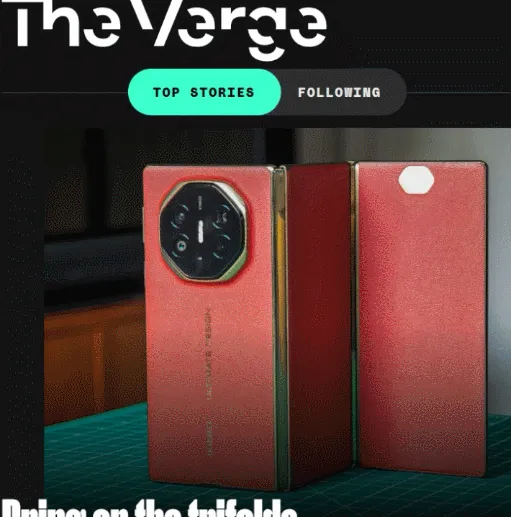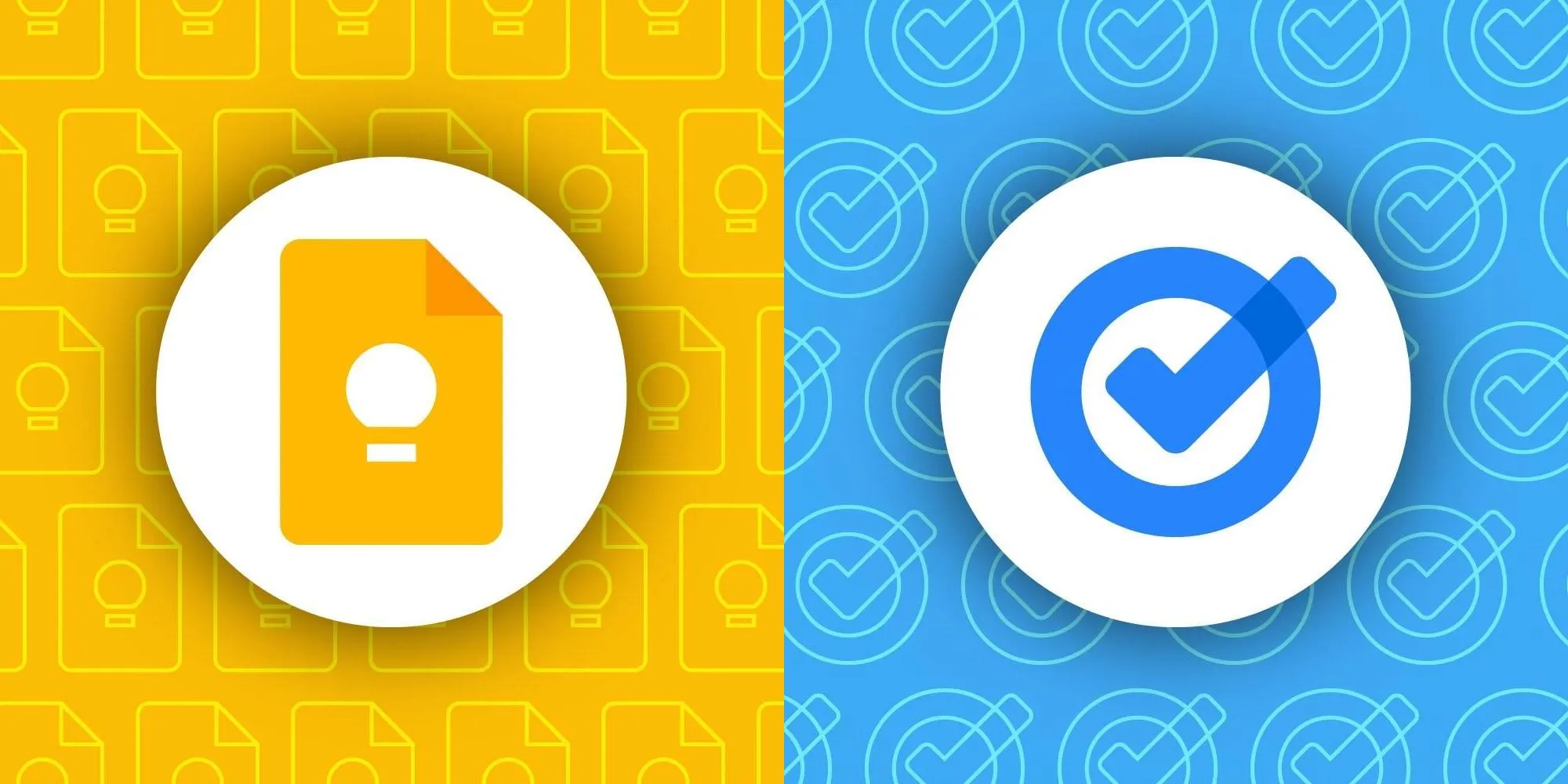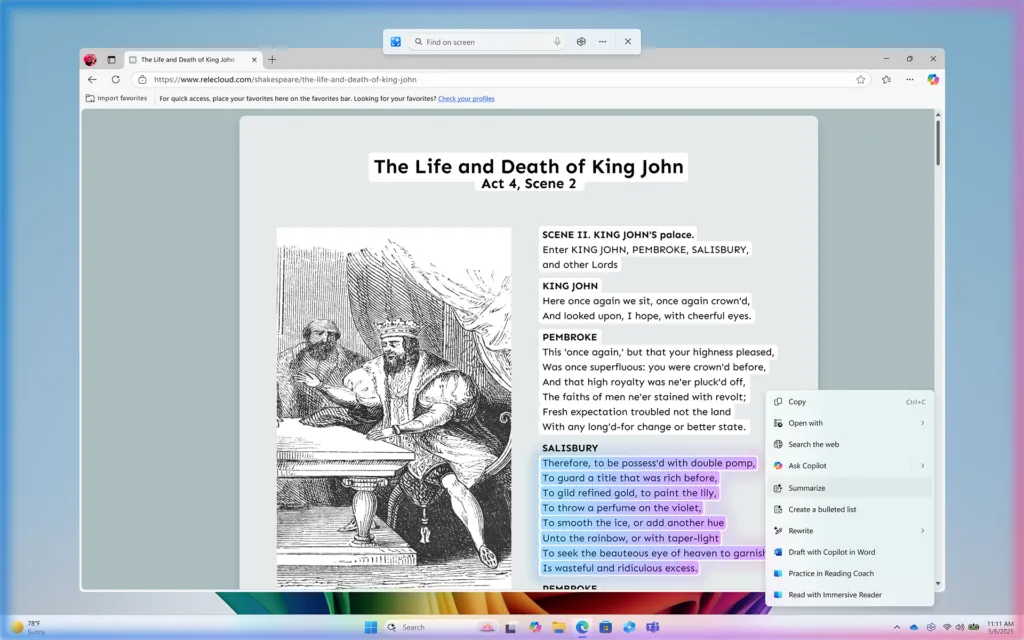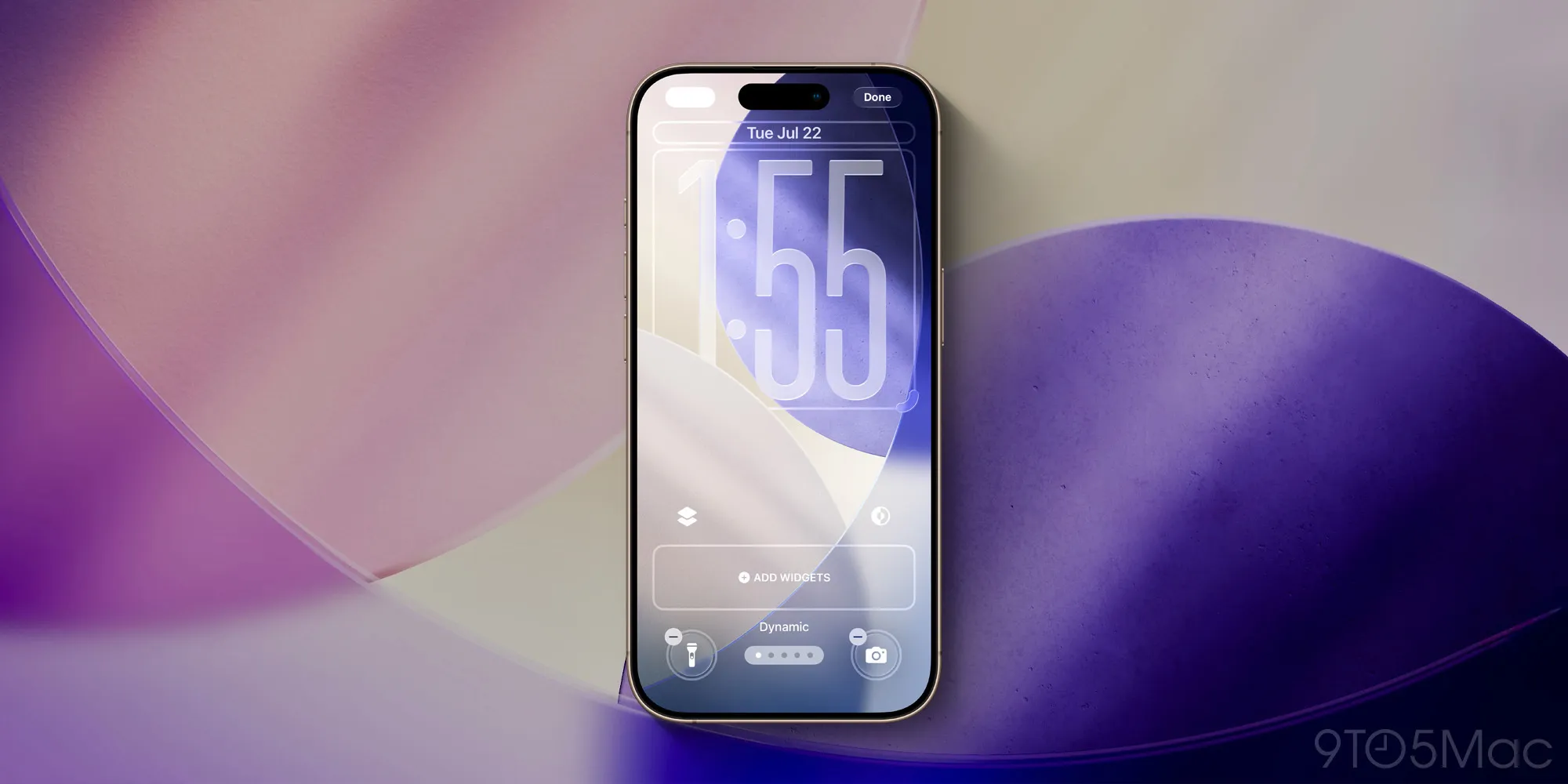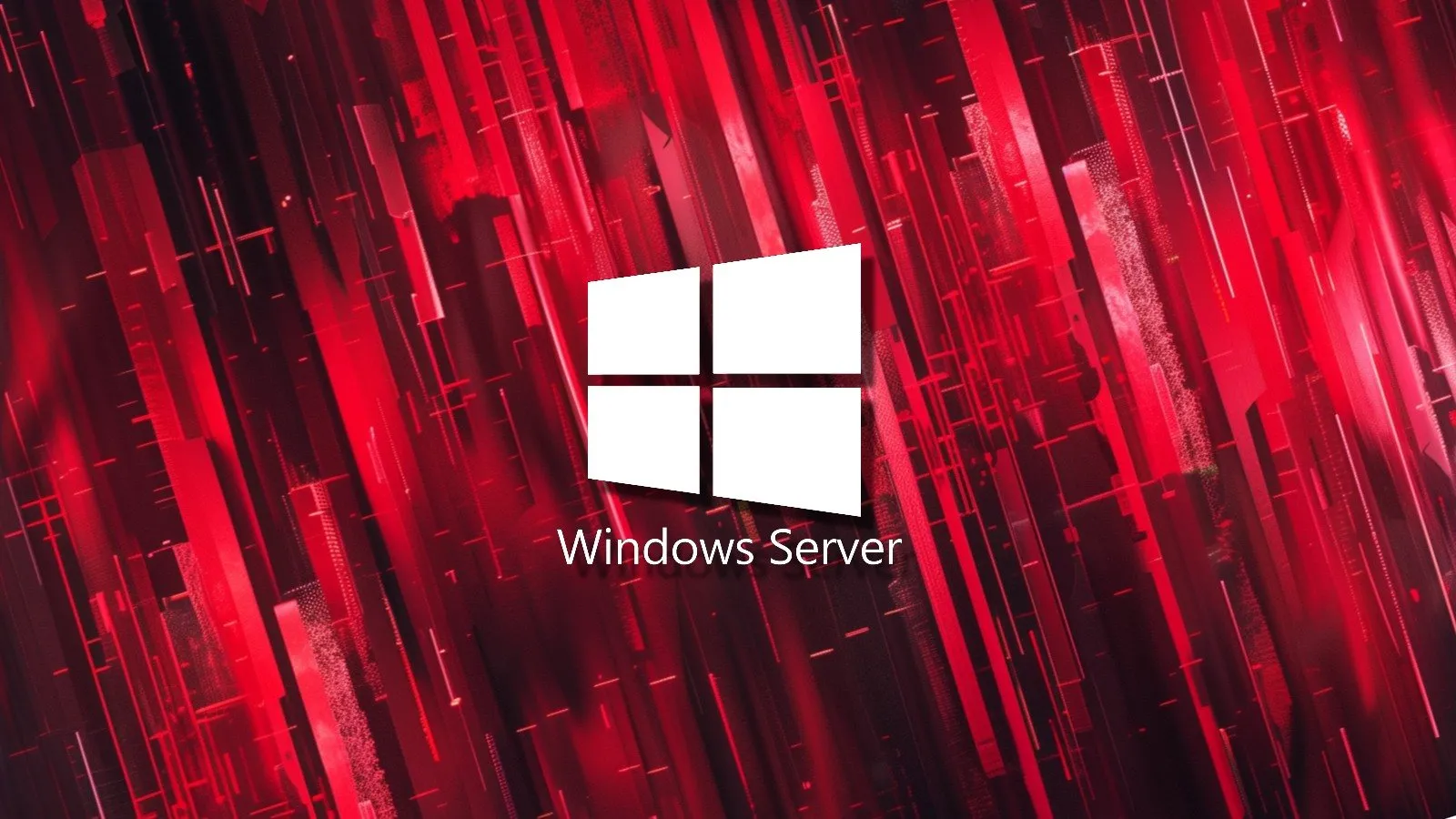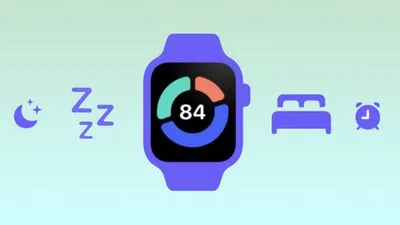Remember that heated debate we had a few weeks ago about why so many of you prefer YouTube Music over Spotify? Well, your passionate comments and overwhelming poll results convinced me to give Google’s music streaming service another shot. As a long-time Spotify loyalist, I was prepared to find all the old annoyances, but what I discovered after just over a week has truly impressed me.
Contents
My journey with music streaming has been a winding one. For years, I was a happy Google Play Music user, defending it fiercely against alternatives. But when Google unceremoniously shut it down in 2021, replacing it with the fledgling YouTube Music, I was left feeling abandoned. Early YouTube Music was clunky, pushed videos when I wanted audio, and its recommendations were too heavily influenced by my general YouTube viewing. It felt slow and unintuitive, so I quickly made the leap to Spotify, where I’ve been comfortably nestled ever since.
Spotify has been my go-to for its convenient Duo plan, which allows my partner and me to share playlists and even collaborate in real-time with Spotify Jam. I also appreciate its excellent recommendation engine for discovering new artists, making it a perfect fit for my daily routine.
A Surprisingly Positive Return to YouTube Music
 Side-by-side comparison of YouTube Music and Spotify interfaces on smartphones.
Side-by-side comparison of YouTube Music and Spotify interfaces on smartphones.
Stepping back into YouTube Music earlier this month was a genuine surprise. A wave of nostalgia washed over me as I rediscovered cherished old playlists – from “Turbulence,” my pop-heavy anxiety-soother for flights, to “Sunny Days,” a collection of tracks that feel like a cool summer morning.
Beyond the personal connection, the app itself has undergone a significant transformation. The user interface (UI) feels much tighter and cleaner now, prioritizing my existing playlists, favorite artists, and albums right on the home screen. This focus on content I’ve already discovered was a refreshing contrast to Spotify, which often feels like it’s constantly pushing me to find something new. There’s a comforting, functional purposefulness to Google’s redesigned product.
I’ll admit, because of its “new content” push, Spotify can sometimes feel a bit cluttered visually. While YouTube Music neatly organizes new and saved music into distinct tabs and filters, Spotify’s home screen often feels like a sprawling collection of cards. While neither layout is definitively “better” for everyone, I found YouTube Music makes more efficient use of its screen space.
YouTube Music now places a greater emphasis on content you’ve already found and loved, a refreshing change from Spotify’s constant stream of new recommendations.
What truly shines about YouTube Music, especially for those who love deep dives into obscure tracks, is its vast content library. Songs I couldn’t track down on Spotify often appeared here, typically in video format straight from YouTube itself. This included many long-lost EDM remixes from the early 2010s, like Vicetone’s remix of Zedd’s “Clarity.” This direct link to YouTube’s immense video library gives YouTube Music a significant content advantage. Plus, the ability for users to upload their own music (though it’s a bit of a process via the website) makes it invaluable for carrying your unique audio collection with you.
 A user navigates the redesigned YouTube Music app interface on a smartphone.
A user navigates the redesigned YouTube Music app interface on a smartphone.
Perhaps the biggest surprise was how much I prefer YouTube Music’s “Explore” tab over Spotify’s “Search” tab for discovering new content, even if both serve a similar purpose. While Spotify goes for a genre-categorized layout, YouTube Music uses a more analytical system. It intelligently suggests new releases from artists I already follow and provides a clear breakdown of top trending tracks in my region. Again, Google’s service maximizes its screen real estate on this tab, blending tailored recommendations with genuinely popular content. I’ve always seen Spotify as the king of hands-off music discovery, and it still largely holds that title for automatic recommendations. But if you prefer a more curated, “flipping through vinyls” style of discovery, YouTube Music truly has a charm of its own.
In the four years since I last used YouTube Music, I’m genuinely surprised by how much Google has refined and polished the service.
My partner highlighted another key benefit: some artists still choose to boycott Spotify. She was thrilled to participate in this experiment because Joanna Newsom’s music, unavailable on Spotify, is readily found on YouTube Music. This is a crucial factor if you follow more niche or opinionated artists who disagree with certain streaming service models.
Overall, YouTube Music has made incredible strides. However, like many Google products, some lingering quirks prevent it from being a perfect experience.
Google Still Has Work to Do
 YouTube Music displaying unexpected video content, like a CART race playlist, within the music app.
YouTube Music displaying unexpected video content, like a CART race playlist, within the music app.
Remember how YouTube Music leverages its video namesake for more content? Well, that comes with a caveat. I was perplexed to find a video playlist of CART/Champ Car races from 1979 to 2007 listed in my music streaming app. There are no actual music tracks in this playlist, even if engine sounds might be “music” to some. This blurred line between YouTube and YouTube Music content was a core reason I left in the first place, and it seems Google still hasn’t fully separated the two.
Other odd additions I wish Google would reconsider include the “Comments” feature. While conceptually good, comments often feel like a typical YouTube comment section, offering little insight into the music itself. I’m also not a fan of YouTube Music’s “Samples” tab. While Spotify is also slowly experimenting with music videos, it’s far less intrusive. Dedicating an entire tab to short video clips on an audio-first platform feels counterproductive.
Some long-standing annoyances persist in YouTube Music, particularly its tendency to push video content unnecessarily.
Now, let’s circle back to Spotify. A handful of features keep me firmly on the green team. As I mentioned, Spotify Jam is indispensable for my partner and me. We often listen to music together while doing chores, cooking, or driving. The ability to seamlessly add individual songs to a shared queue is invaluable. Even better, Spotify Jam has integrated with Android Auto, making road trips much more enjoyable and easier to manage. YouTube Music currently offers no direct equivalent to this collaborative listening experience.
Then there’s Spotify’s surprisingly advanced search capabilities. For a search giant, Google often falls short in implementing smart search features in its own products. On Spotify, I can use specific syntax to search for artist releases within a particular year. YouTube Music simply doesn’t offer this level of granular control.
 A person using Spotify on a mobile device, highlighting its user experience.
A person using Spotify on a mobile device, highlighting its user experience.
And of course, Spotify Connect is another daily essential for me. I can seamlessly control music playing on my PS4 from my phone, enjoying game audio alongside my Spotify playlist, and then instantly transfer that music to my Nest Mini when I’m done gaming. YouTube Music lacks this robust device interoperability, forcing me to choose between game chat or music.
I’m Sticking with Spotify… For Now
Many readers initially thought I was biased against YouTube Music, but I approached this re-evaluation with a genuinely open mind. Google’s service has truly impressed me with its refined user interface, clever use of screen space, significantly broader music library, and enhanced focus on hands-on content discovery. However, some of the core annoyances that initially drove me away still linger today.
There are also practical considerations, like pricing. YouTube Music doesn’t offer a “Duo” equivalent; to share the service with my partner, I’d need to purchase the full Family package. While only slightly more expensive than Spotify Duo, it still feels like paying for features I don’t need.
YouTube Music has come a long way and might win me over in the future, but for now, Spotify remains the better fit for my daily life.
Ultimately, Spotify wins on several fronts. As mentioned, features like Jam and Connect are unique advantages that YouTube Music hasn’t managed to rival, despite Google’s expertise in smart home technology and integrated services. Spotify also boasts broader device compatibility and offers subscription plans that align perfectly with my lifestyle.
This isn’t to say YouTube Music is a bad service; far from it. I wholeheartedly commend Google for its massive improvements. It’s a truly excellent music streaming platform, and I can now understand why it has such a devoted fanbase. However, for me, the “small things” Spotify offers have become indispensable and too hard to live without, for now.
Related Articles:
- Why everyone is using YouTube Music
- What is Spotify?

